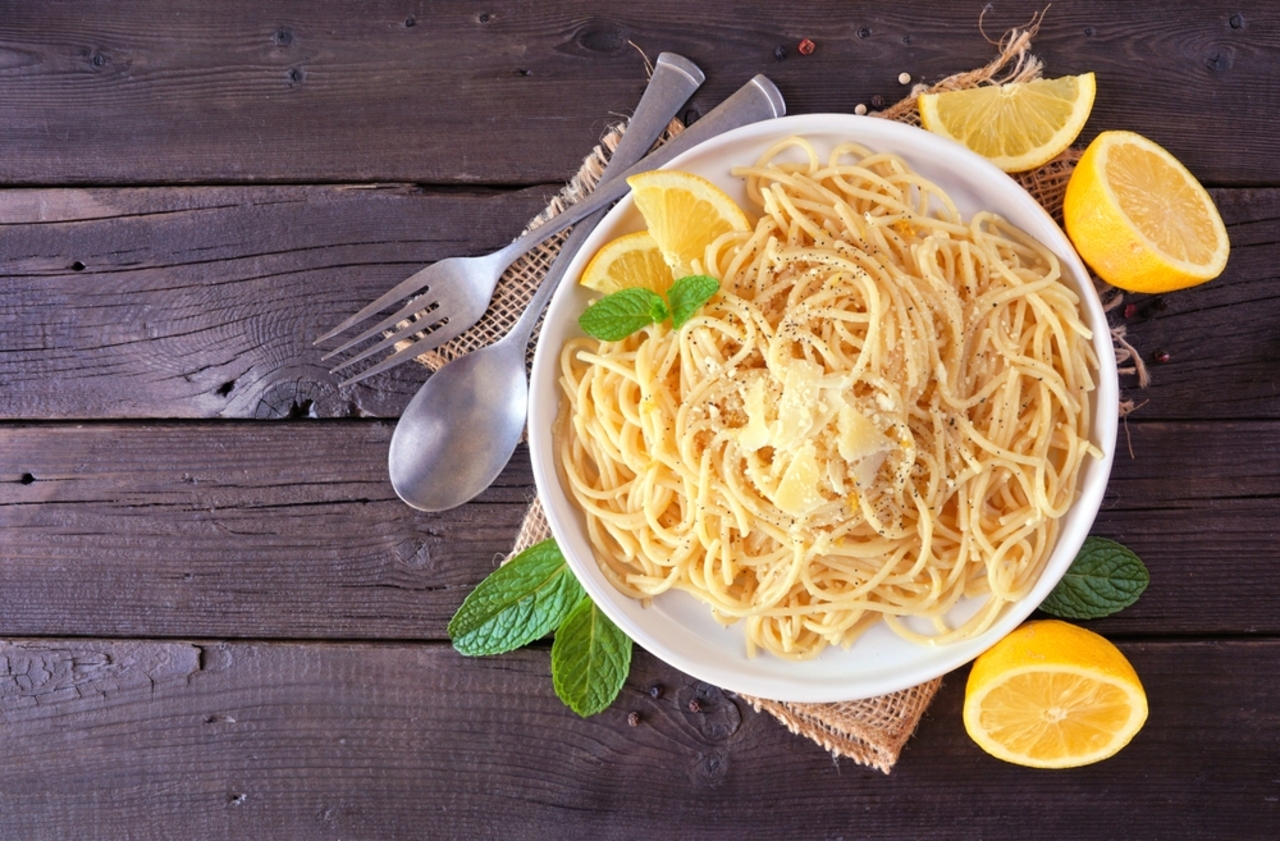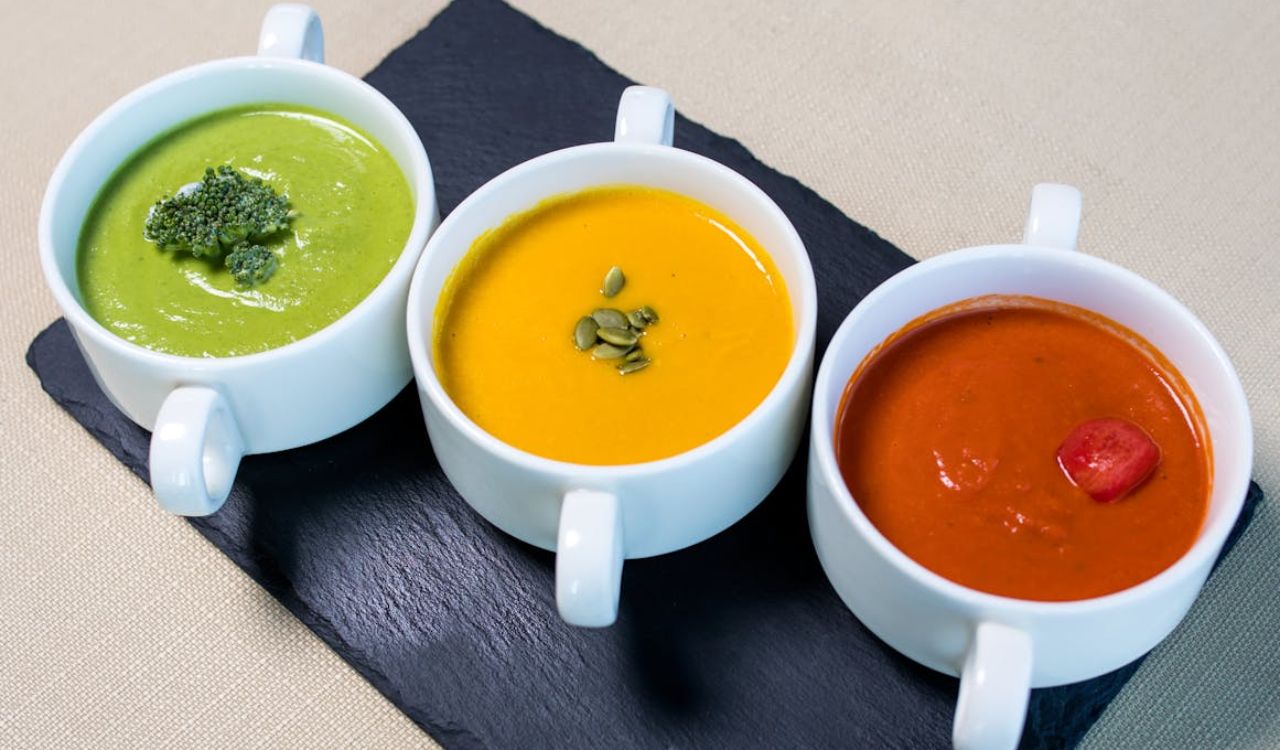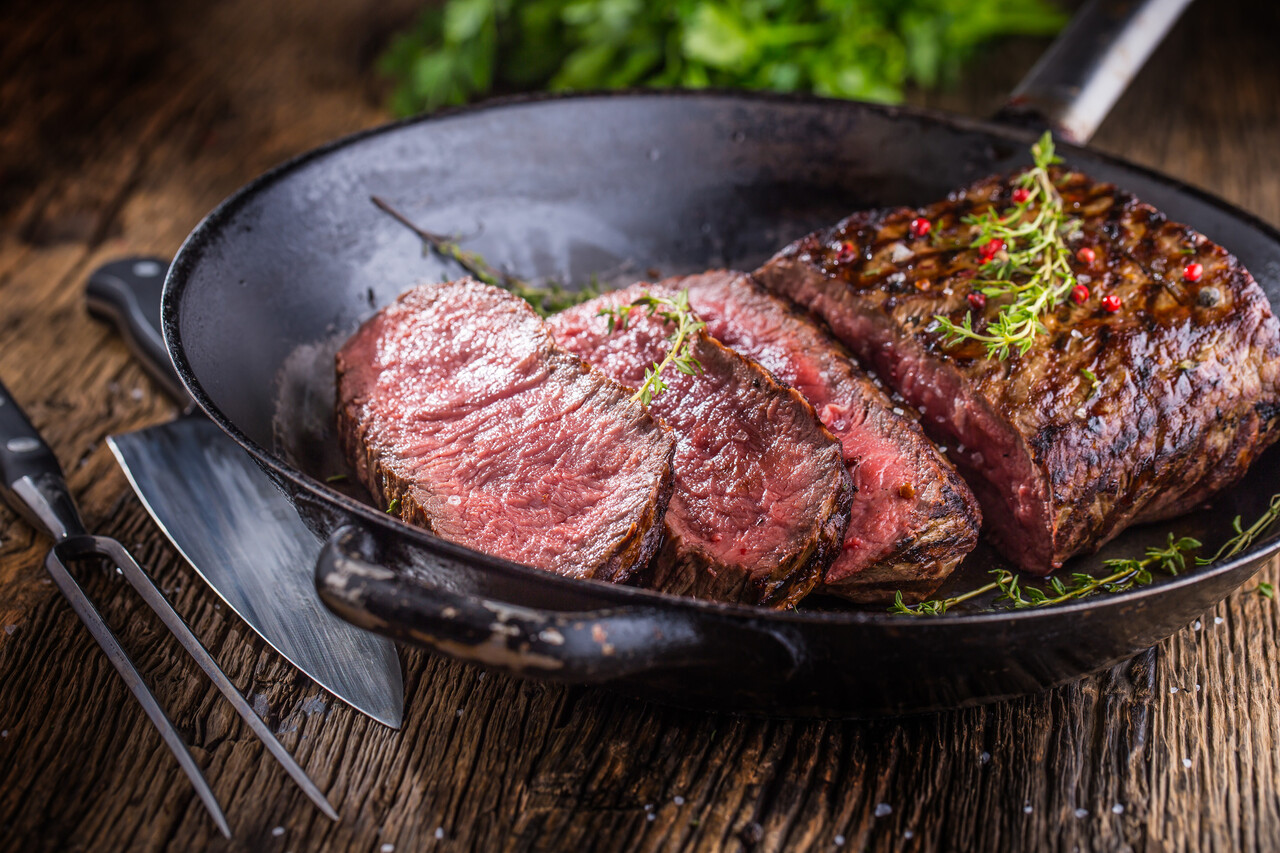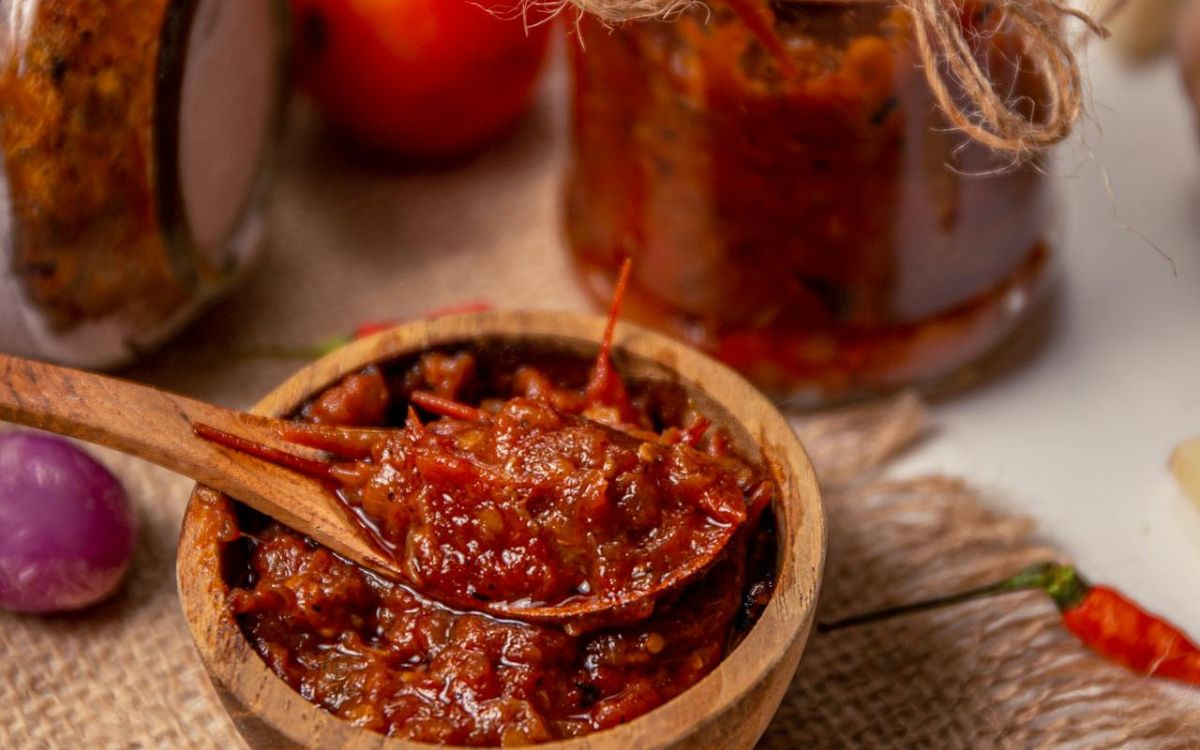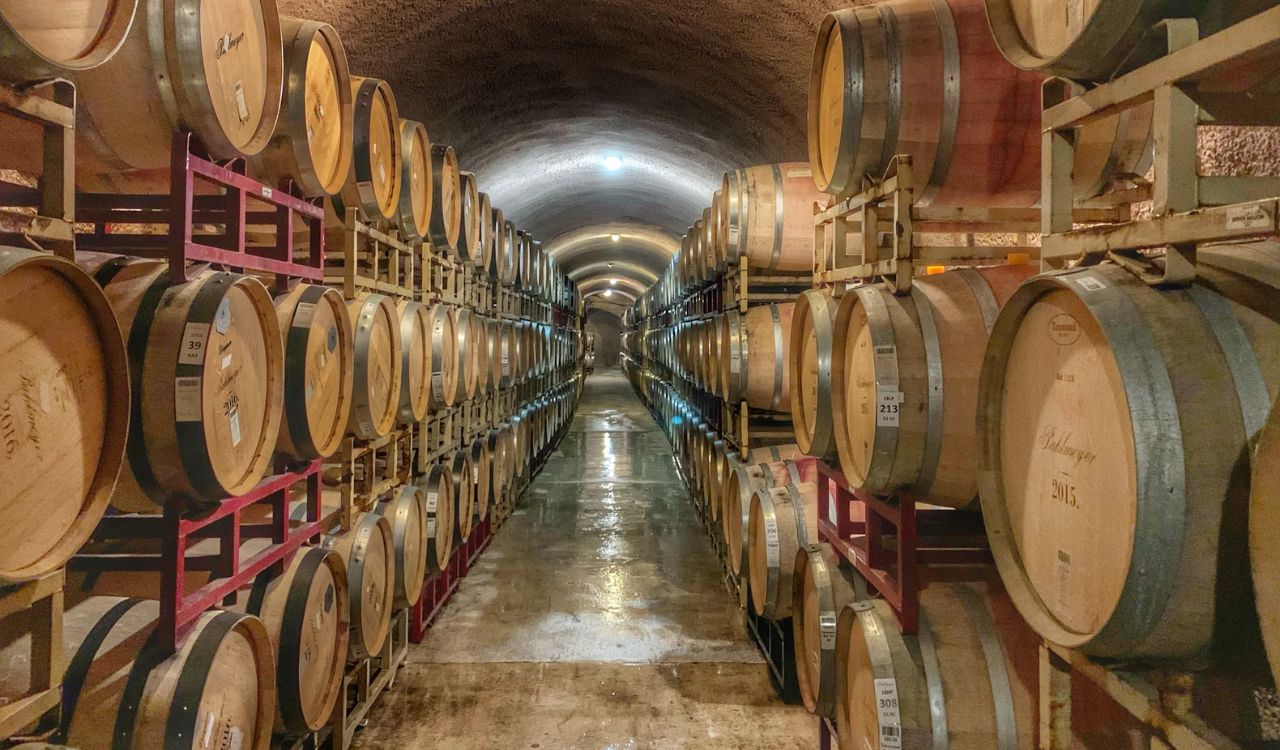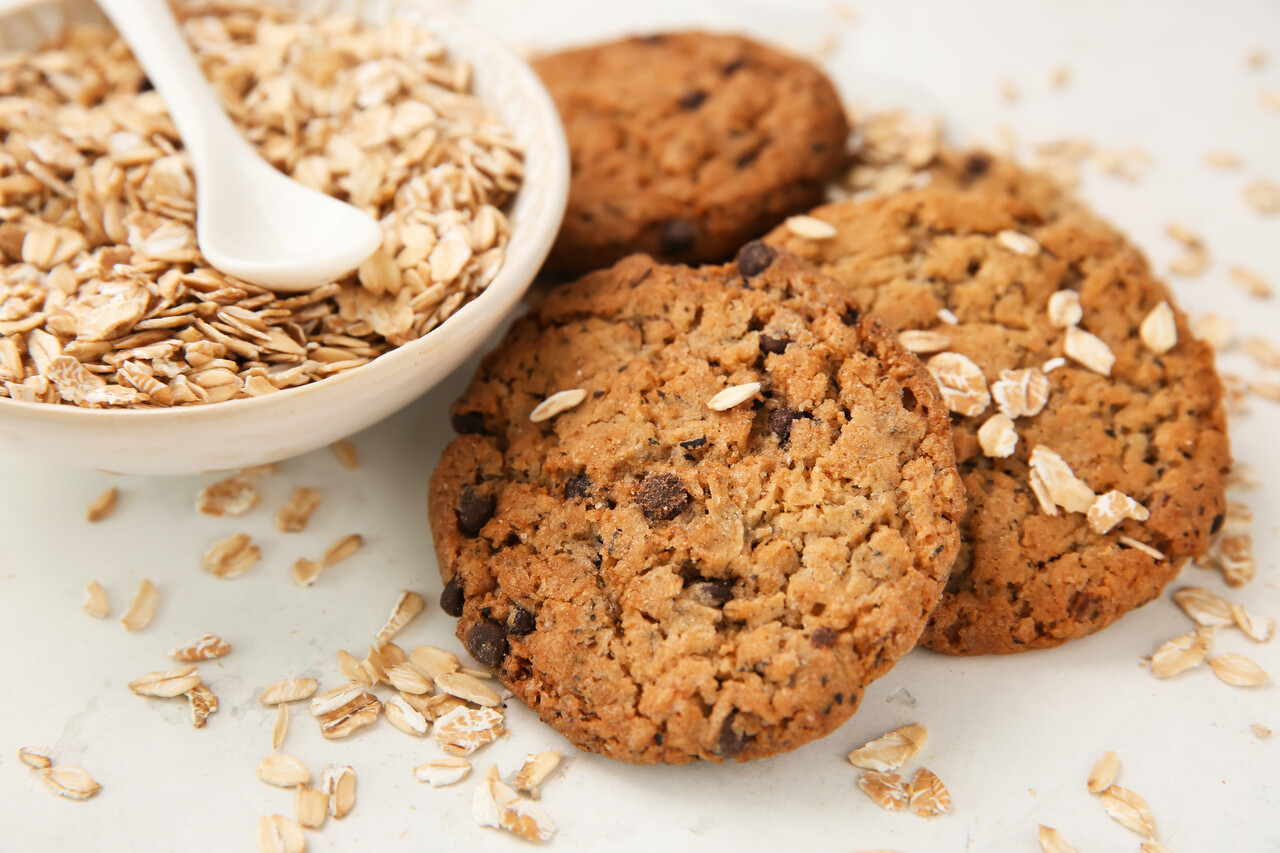9 Things About Dining Out in the Past That Felt So Different
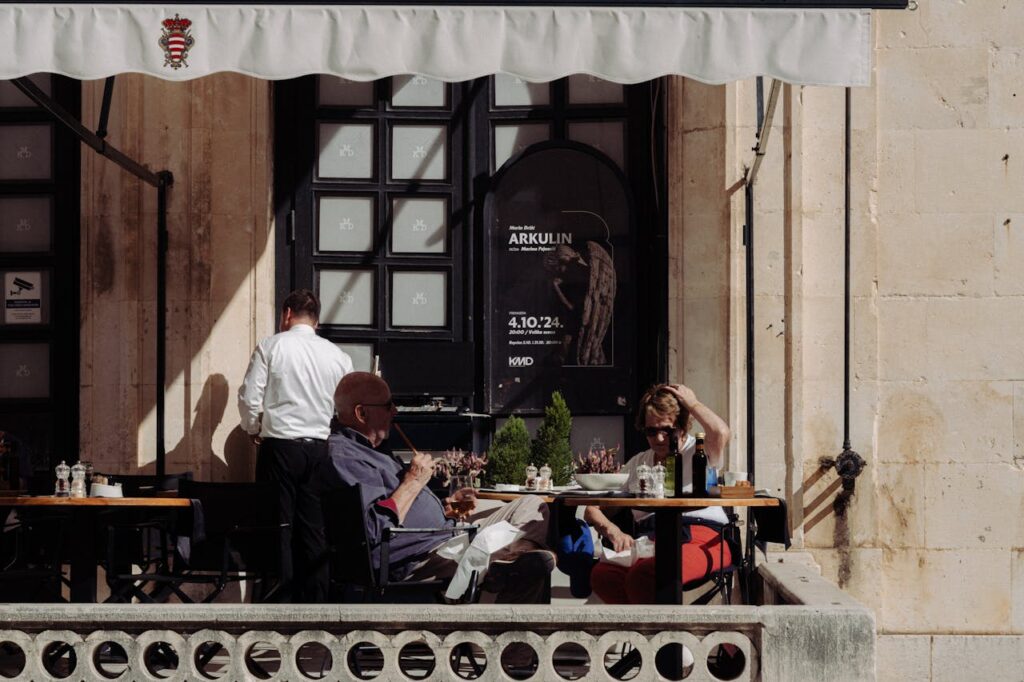
Dining out once meant more than just grabbing a quick meal. It was a ritual you dressed up for, planned, and remembered long after it ended. Restaurants felt personal servers knew your name, menus were handwritten, and phones weren’t part of the table. Each meal carried a sense of warmth and occasion that’s harder to find today. While modern dining is faster and easier, the older way held a kind of charm that made eating out feel like an event, not just another stop in the day.
1. You Actually Had to Wait for a Table
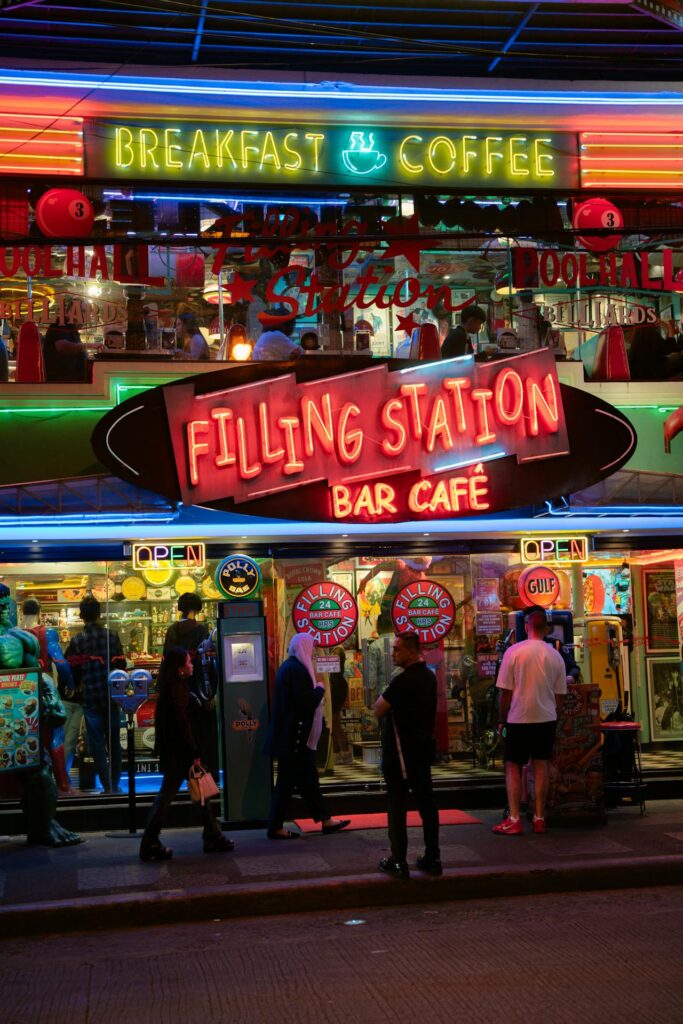
Before apps and reservations, waiting was part of dining out. You showed up, gave your name, and stood in line chatting with others. Hosts used clipboards, not tablets, and the wait built anticipation instead of frustration. There was no clock counting down or text alert when your table was ready, just patience and conversation. It sounds tedious now, but that moment of finally sitting down made the first bite feel earned and the whole meal more memorable.
2. Dressing Up Was Non-Negotiable
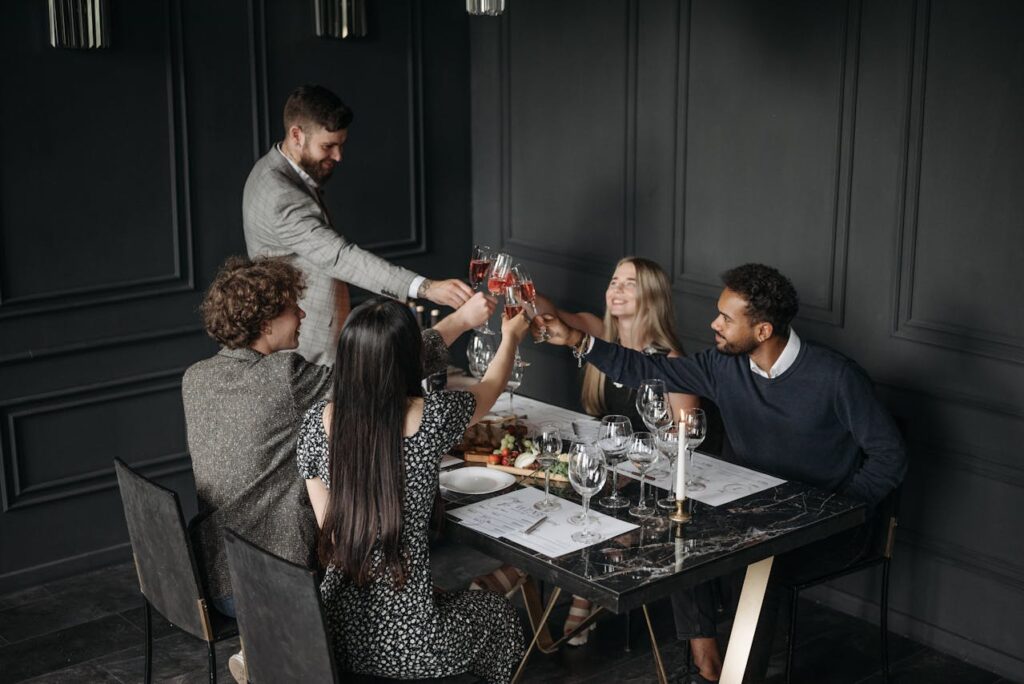
Eating out once meant stepping up your appearance. People put on dresses, jackets, and polished shoes before heading to dinner. It wasn’t just about looks; it showed respect for the place and the experience. Families treated restaurant meals like celebrations, even if it was just a simple steakhouse or diner. Today’s casual culture makes dining easier, but it has also lost that touch of formality that made evenings feel a little more special and intentional.
3. Servers Knew You by Name
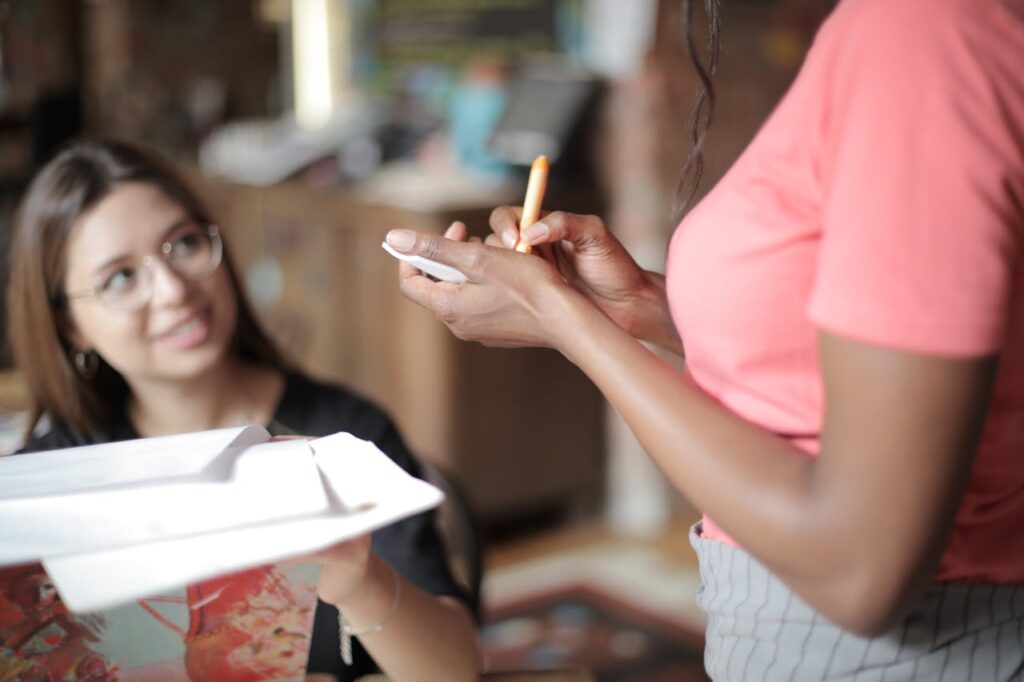
Local restaurants thrived on regulars. Servers remembered your favorite drink, how you liked your meal cooked, and even your kids’ names. It made dining out feel personal, not transactional. There were no tablets or apps tracking preferences, just memory and genuine connection. When chains took over, that warmth faded. Efficiency replaced familiarity, and even great service today can feel more scripted than sincere. Back then, you weren’t just a customer, you were part of the place.
4. Menus Were Short and Written by Hand.
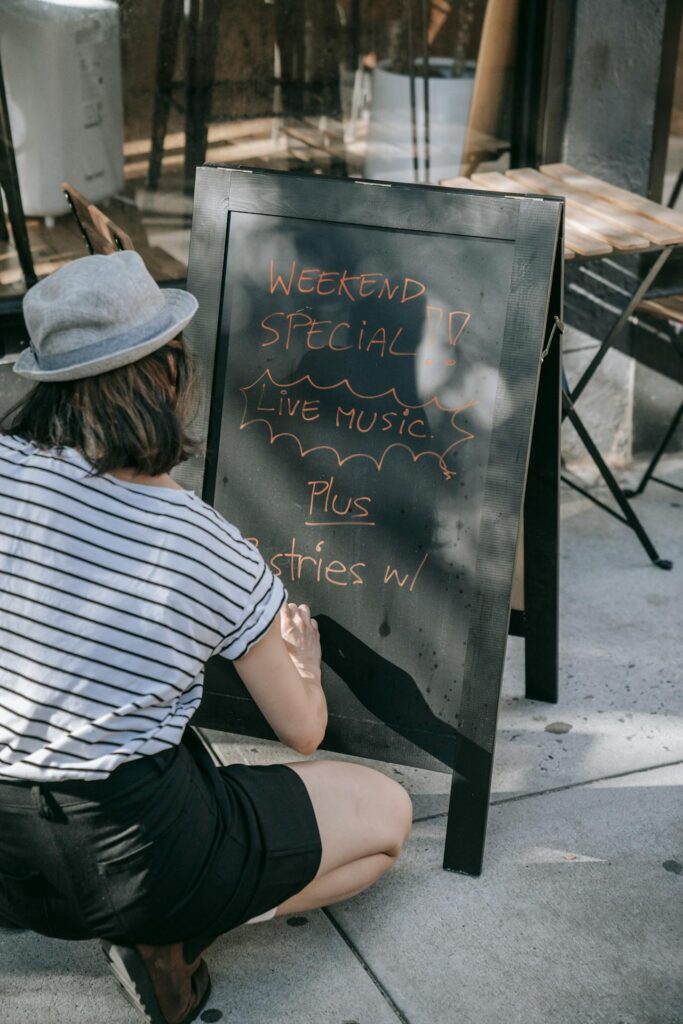
Menus used to fit on a single page, handwritten or freshly printed each day, with just a handful of trusted dishes the kitchen knew inside out. Choices were streamlined, add-ons were rare, and guests relied on the chef’s skill, not customization. This simplicity made ordering effortless, and customers often returned for the familiar flavors they loved year after year. Modern menus may offer endless options, but they rarely deliver the confidence and distinctive focus that defined classic dining experiences.
5. Phones Stayed in the Car
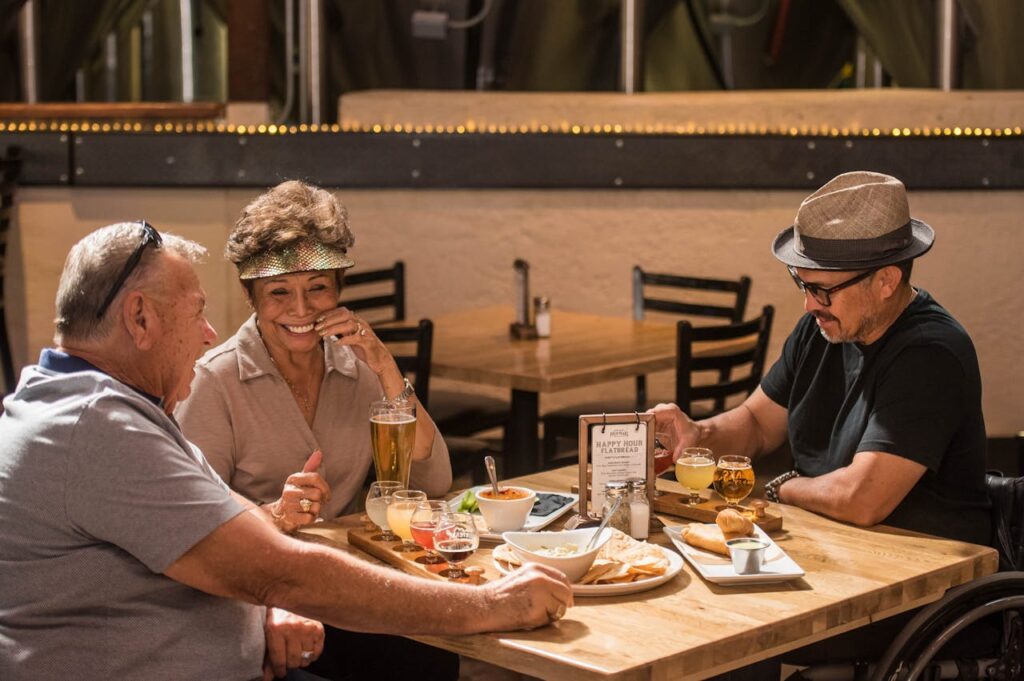
There were no photos flashed, notifications buzzing, or quick Google reviews mid-meal, just honest attention to the food and people at the table. Conversation replaced screens, letting the room fill with stories, laughter, and a gentle rhythm that felt slower and more human. Dinner ended, not with a post, but as a memory. That quiet connection, those pauses between bites, and jokes shared without distraction made meals linger long after the check, giving each evening a lasting warmth rarely found today.
6. Jukeboxes and Live Bands Set the Mood
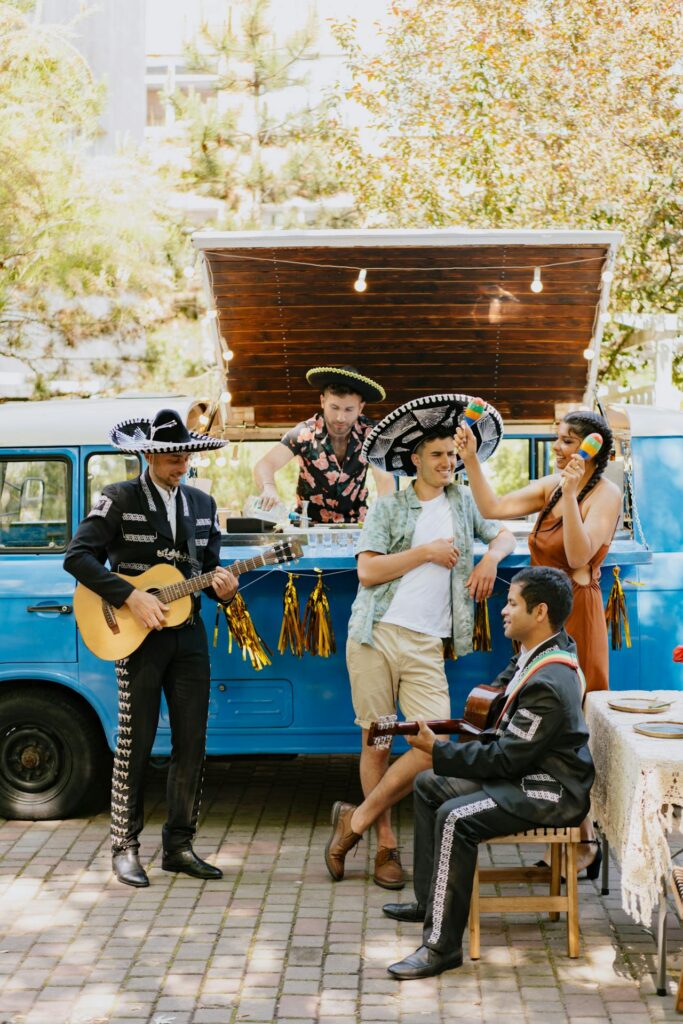
Restaurants once had real soundtracks, a jukebox humming by the bar or a small jazz band bringing the room to life. Diners picked songs together, dropped coins, and waited to hear their tune fill the air. The music was shaped by the crowd inside, not an algorithm or playlist. It added warmth, surprises, and a sense of belonging that made dining memorable. While today’s playlists are seamless, they rarely capture the charm and community of a live melody weaving through dinner.
7. Cash Was King
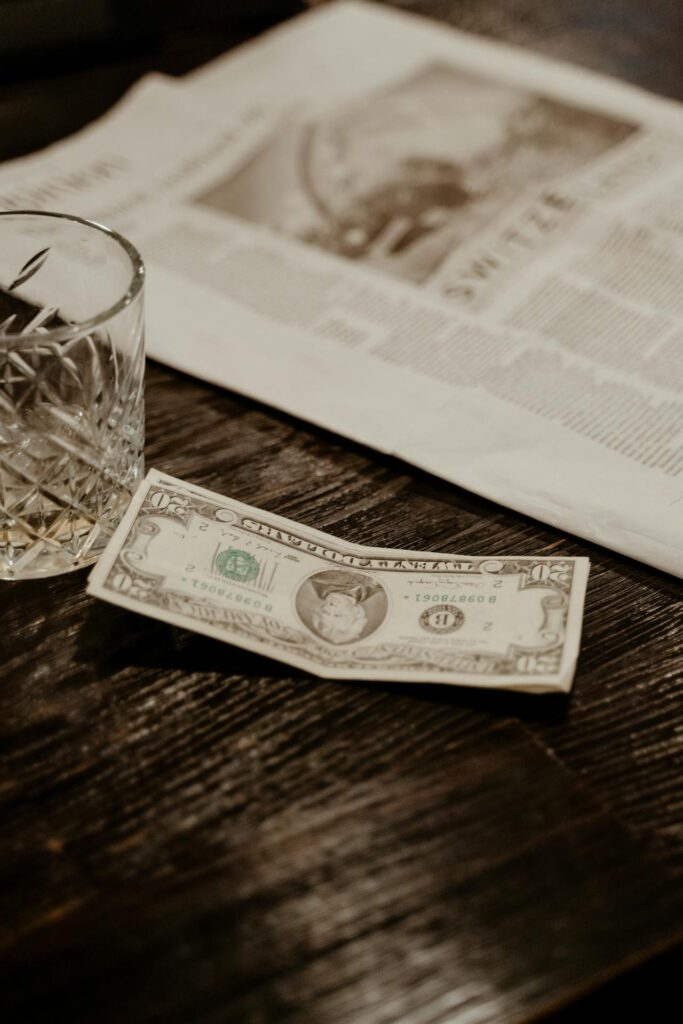
Before digital payments, you settled the bill with cash. The check came in a leather folder, and you counted bills, added a tip, then left it quietly on the table. This simple exchange felt satisfying and final, closing the evening with intention. Servers didn’t wait for machines or card processing; the payment ritual formed a warm, human goodbye. Today, taps and apps speed up payment but often take away that meaningful moment of connection at the meal’s end.
8. Portions Were Modest, but Meals Lasted Longer
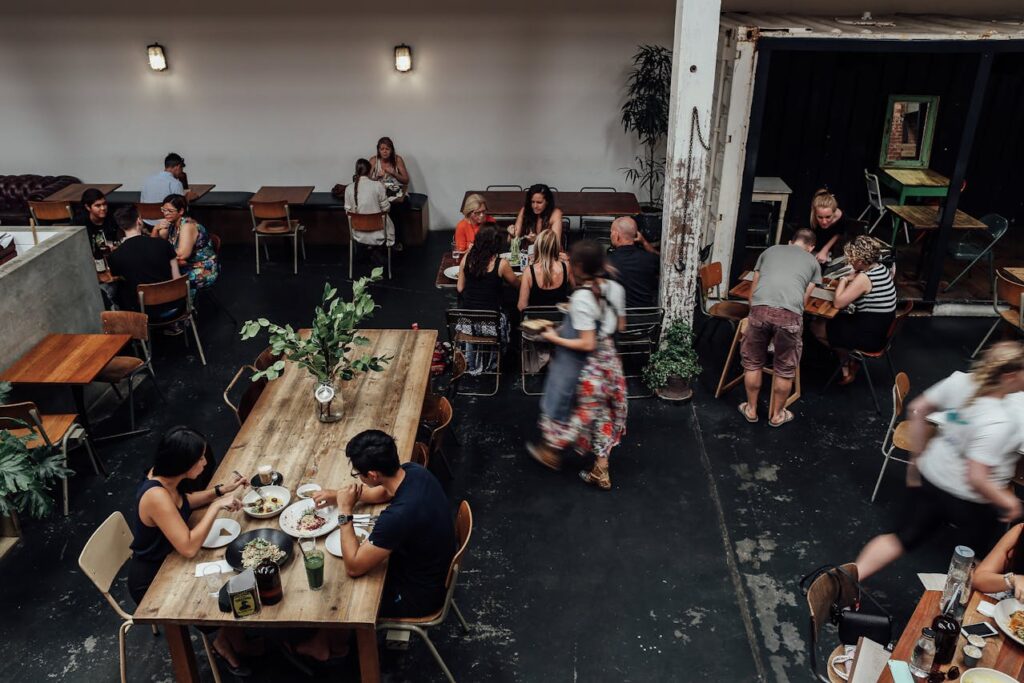
Plates were smaller, but meals stretched over time. People lingered between courses, talking and savoring each dish. There was no rush to flip tables or clear plates early. Dining out was social and slow, about connection as much as food. Over time, portions grew and pace quickened, trading ritual for efficiency. You might leave fuller today, but not always more satisfied. The old rhythm encouraged presence, not just consumption.
9. Every Restaurant Had Its Own Character
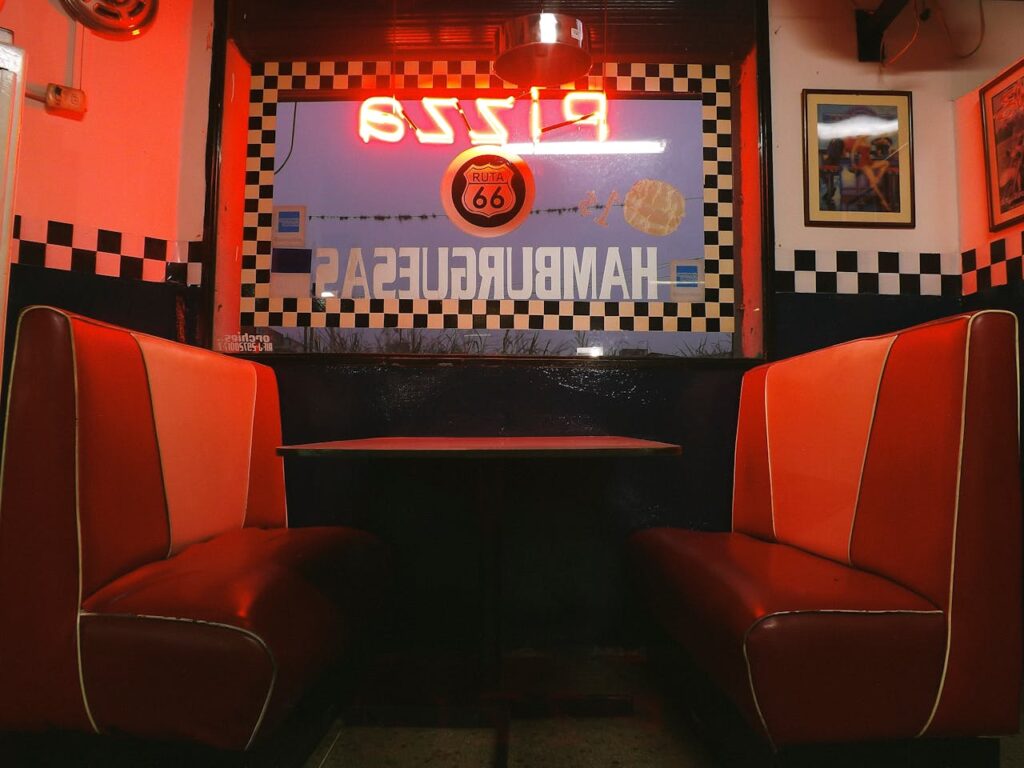
Before national chains dominated, every restaurant had quirky neon signs, handwritten specials, and unique decor. You could tell where you were by the smell or the soundtrack. Each spot reflected the owner’s personality, not corporate design. It wasn’t about branding; it was about identity. Many of those one-of-a-kind places are gone now, replaced by uniform spaces that could be anywhere. That loss of character might be dining’s biggest change of all.


